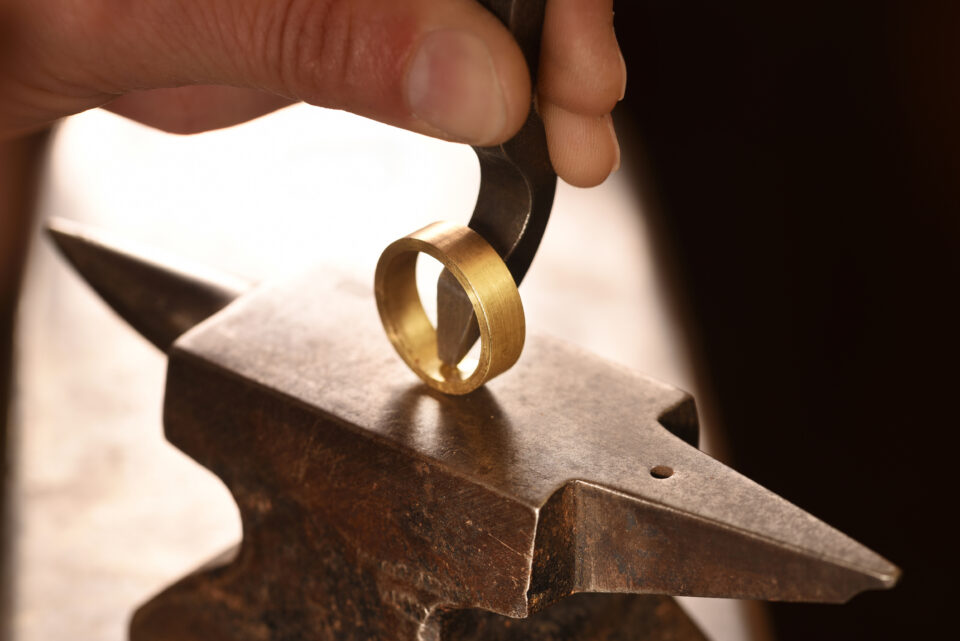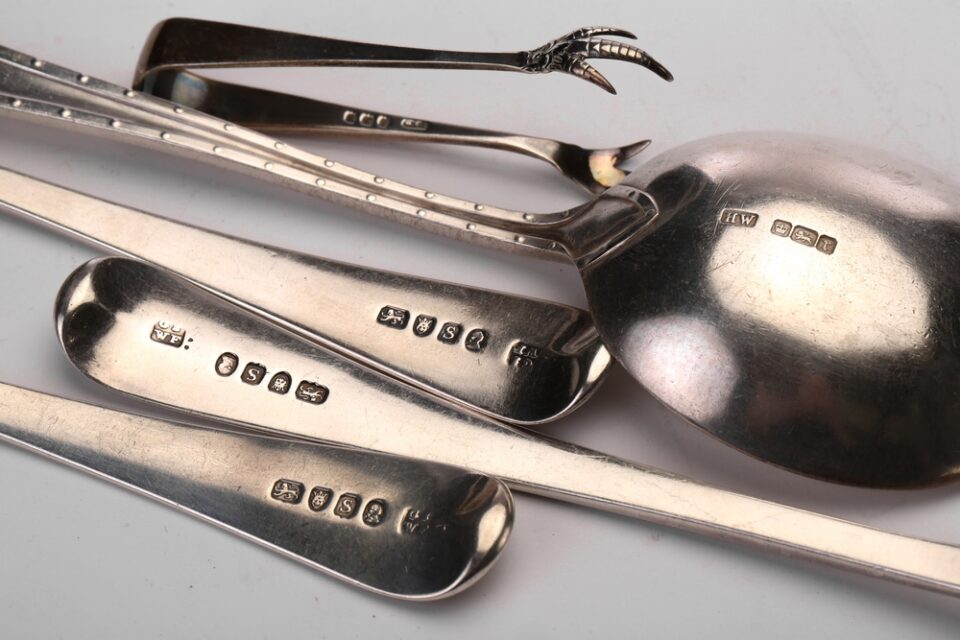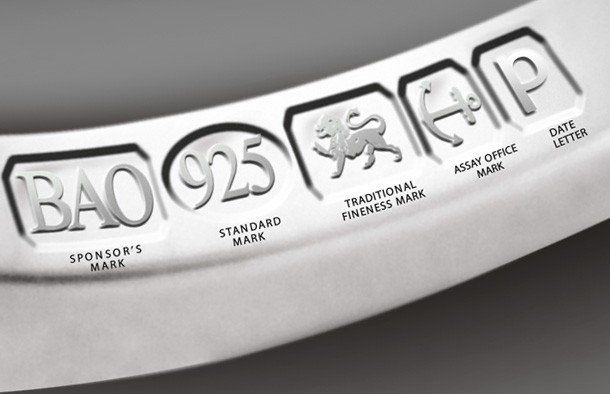 Why the UK uses Hallmarks in their jewellery
Why the UK uses Hallmarks in their jewellery
When you think of the UK, one of the first things that might come to mind is their intricate and beautiful jewellery. From traditional pieces to modern designs, the UK is known for their exceptional jewellery craftsmanship. But have you ever wondered why the UK uses hallmarks in their jewellery? In this blog, we’re going to explore the fascinating history of hallmarks and their significance in the UK’s jewellery industry.
 Hallmarks date back to the late 1200s when goldsmiths and silversmiths in the UK started marking their pieces with a unique symbol or mark to identify their work. Initially, these marks were used to signify the maker of the piece, but as the industry grew, so did the complexity of the hallmark system. By the 1400s, guilds were established in England to regulate the quality of gold and silver pieces, and hallmarks began to include information such as the metal’s purity and the year the piece was made.
Hallmarks date back to the late 1200s when goldsmiths and silversmiths in the UK started marking their pieces with a unique symbol or mark to identify their work. Initially, these marks were used to signify the maker of the piece, but as the industry grew, so did the complexity of the hallmark system. By the 1400s, guilds were established in England to regulate the quality of gold and silver pieces, and hallmarks began to include information such as the metal’s purity and the year the piece was made.
Today, the UK’s hallmarking system is one of the most rigorous and highly regarded in the world. A hallmark is comprised of several distinct marks, including the sponsor’s mark (identifying the maker), the standard mark (verifying the metal’s purity), the assay office mark (determining where the piece was assayed), and the optional date letter (providing the year of hallmarking).

So why are hallmarks so important in the UK’s jewellery industry? For one, they provide consumers with a means of verifying the authenticity and quality of a piece. By examining the hallmark, you can determine the maker, metal’s purity, and where the piece was assayed. This adds a level of transparency and trust between the jeweller and the customer.

Moreover, hallmarks serve to protect the heritage of the UK’s jewellery industry. Since the 1500s, the UK has been known for its exceptional craftsmanship and attention to detail in jewellery making. The hallmarking system helps to maintain the integrity of this heritage by making it illegal to sell gold Jewellery in the UK without an assay mark struck or lasered, by one of the four approved assay offices.
In recent years, the UK’s hallmarking system has undergone some changes to reflect the evolving needs of the jewellery industry. For example, in 2010, the UK introduced a new hallmark for palladium pieces to accommodate for the growing popularity of this metal in jewellery making. Additionally, the UK’s hallmarking system is part of an international network of hallmarking countries, which means that UK hallmarks are recognised and accepted throughout the world.
Conclusion:
In the UK’s jewellery industry, hallmarks are a crucial component of ensuring quality and authenticity in every piece made. From their origins in the 1200s to their rigorous standards today, hallmarks have played an important role in maintaining the UK’s reputation as a leader in jewellery making. If you’re a jewellery enthusiast or maker, take some time to examine the hallmarks on your pieces and appreciate the rich history and significance behind them.
Visit the Assay office website for more useful info and downloads on UK Hallmarks www.assayofficelondon.co.uk/downloads

